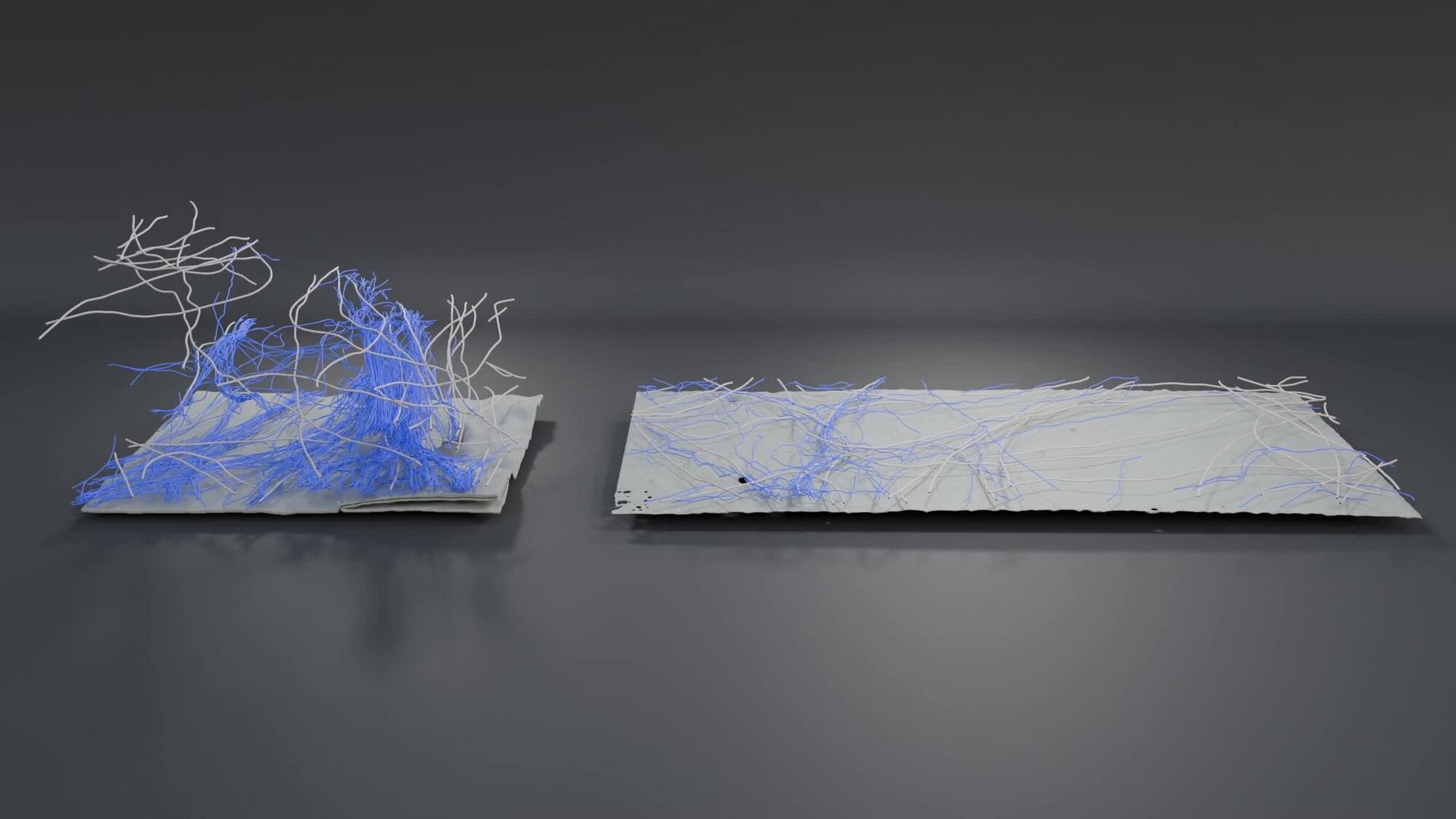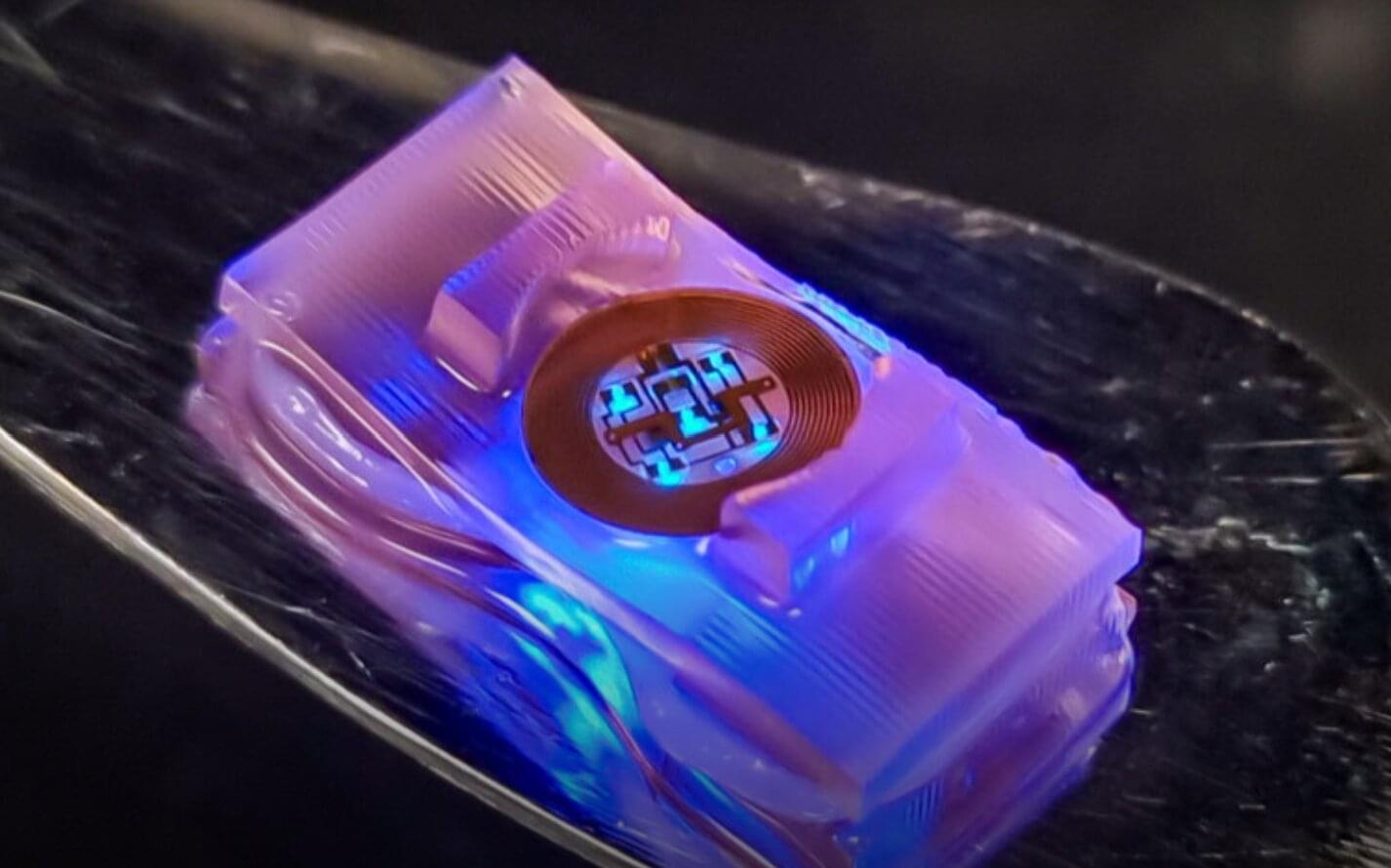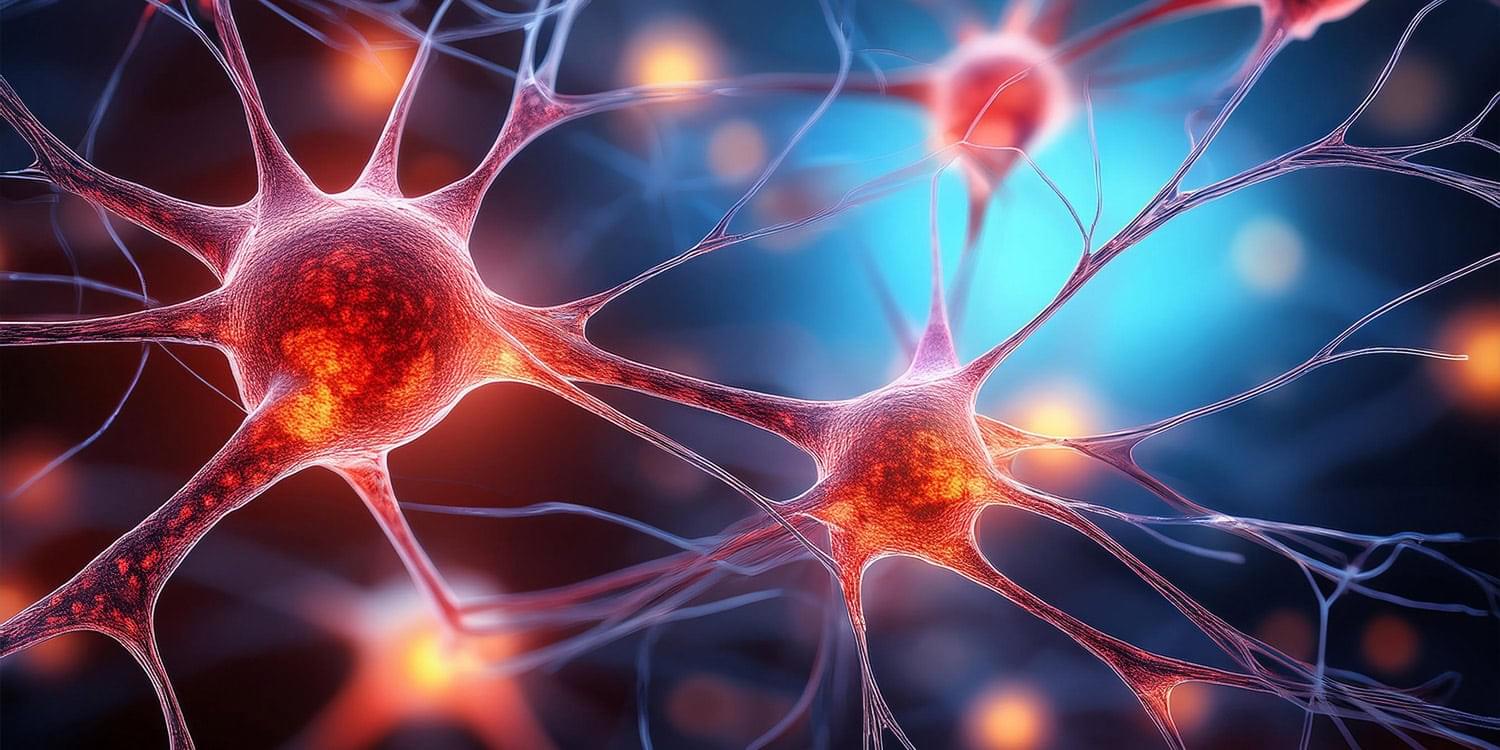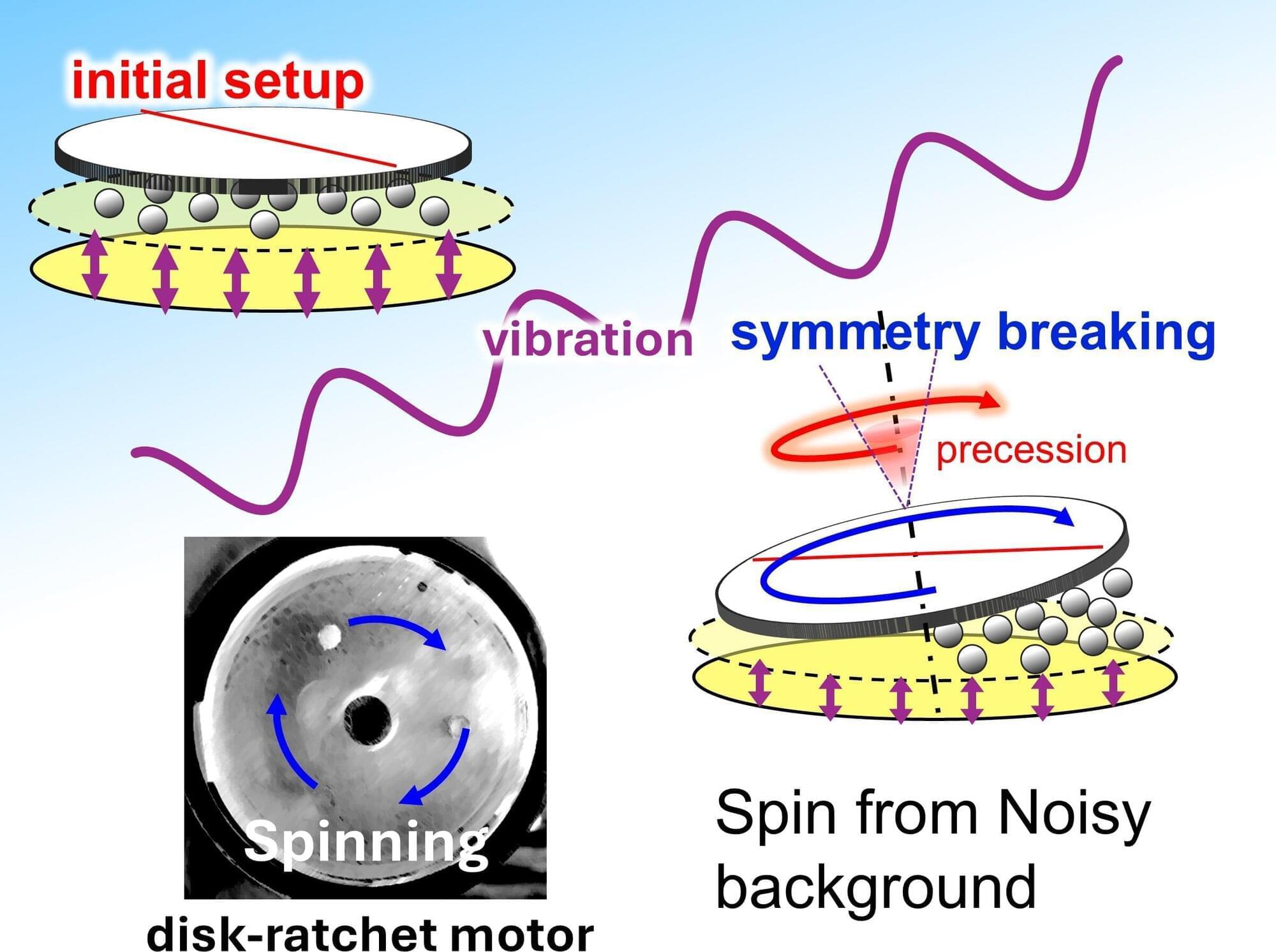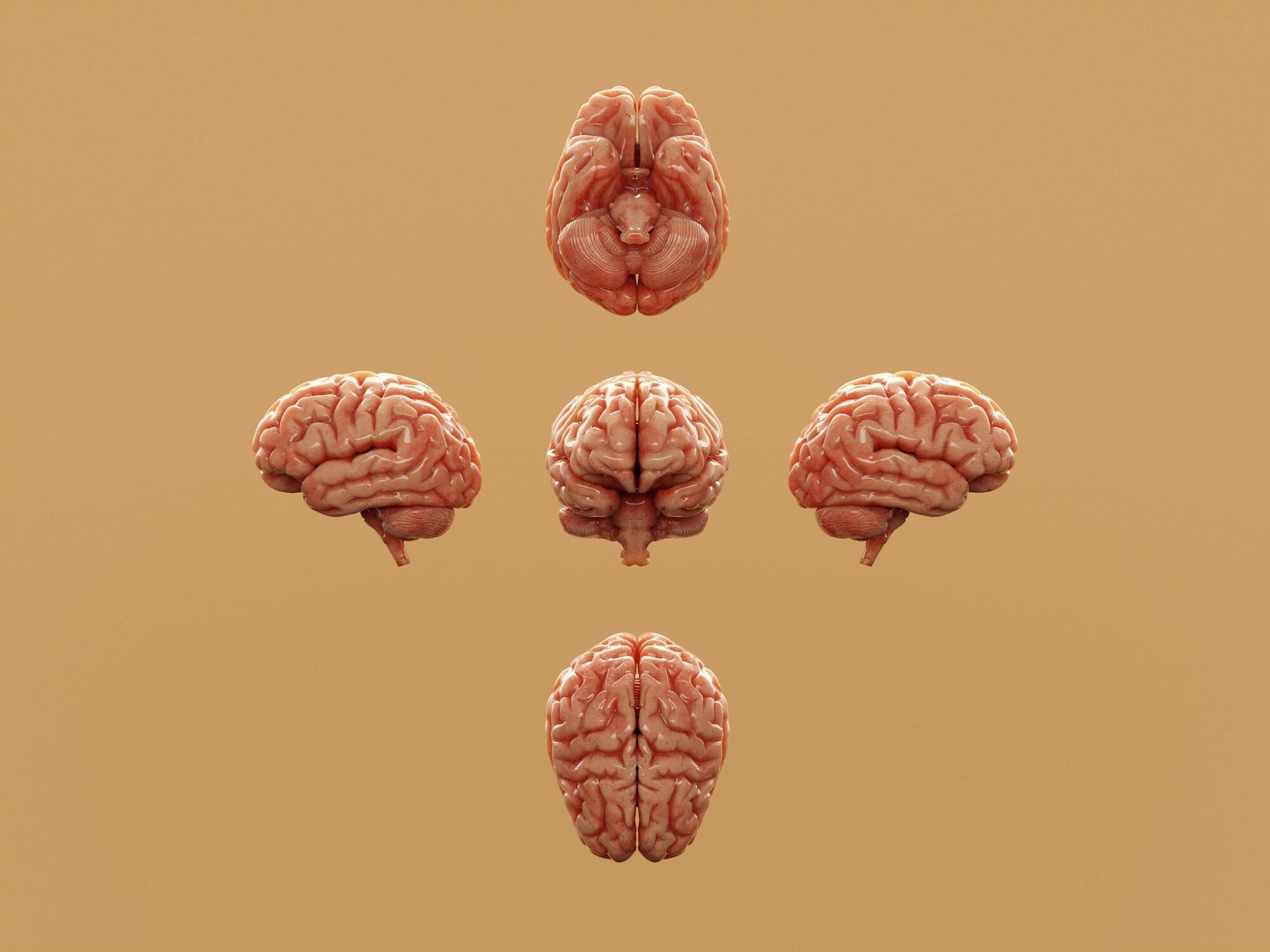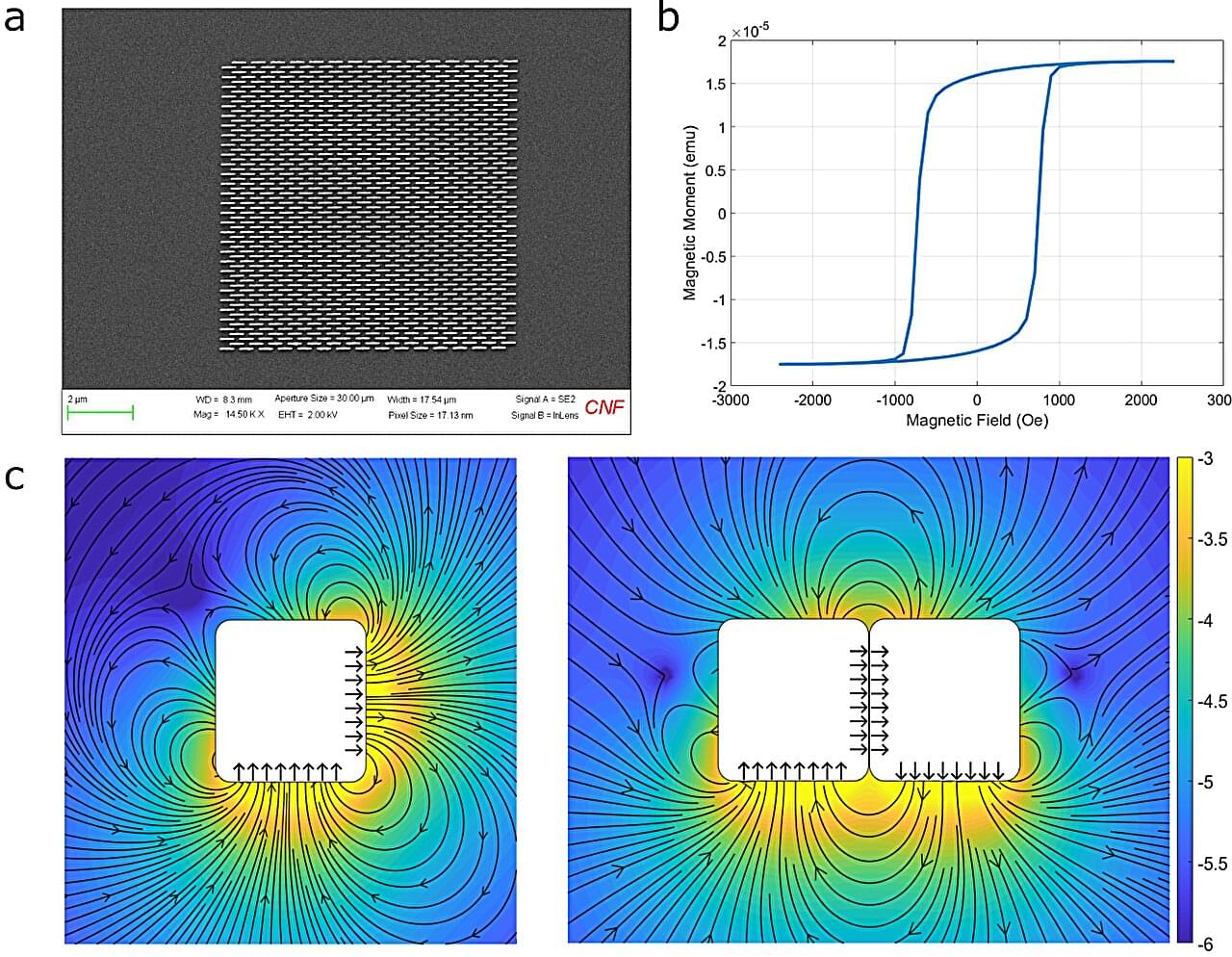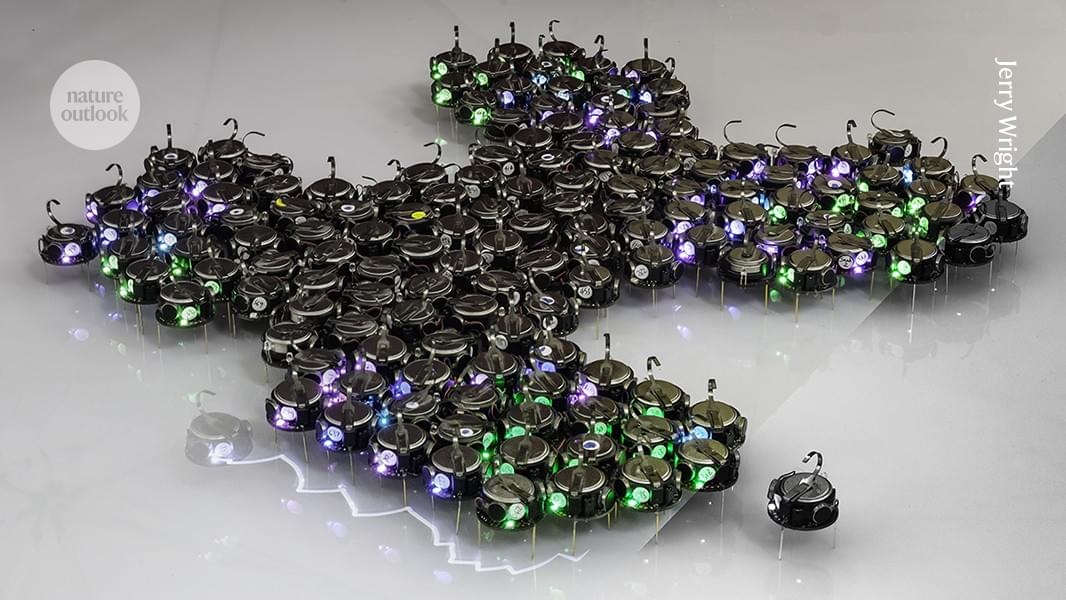Scientists at Feinberg are reshaping scientific understanding of the cell’s tiniest components—structures once thought to be static, now revealed to be dynamic engines of cellular life. As they probe the inner workings of cells, they are not only expanding understanding of cellular processes but also paving the way for novel therapies and diagnostics.
Recent research led by Vladimir Gelfand, Ph.D., the Leslie B. Arey Professor of Cell, Molecular, and Anatomical Sciences, and Sergey Troyanovsky, Ph.D., professor of Dermatology, and of Cell and Developmental Biology, has illuminated new roles for cytoskeletal filaments and intercellular junctions, while a separate study by Brian Mitchell, Ph.D., associate professor of Cell and Developmental Biology, has identified a novel mechanism that protects epithelial cells from damage.
